
Andrew Prentice
- Professor of International Nutrition at the London School of Hygiene & Tropical Medicine (LSHTM)
- Head of the the Nutrition & Planetary Health Theme at the MRC Unit The Gambia (MRCG)
- Through a combination of discovery research and clinical trials his team is focused on developing better interventions in maternal and child nutrition
- Contributed to numerous national and international expert groups and advisory bodies
- Fellow of the UK Academy of Medical Sciences and was recently elected as an International Member of the US National Academy of Sciences
- Specific interests are in iron, infection and anemia, and how the maternal diet at the time of conceiving a baby affects the fetal epigenome with life-long effects on health
Articles from this author
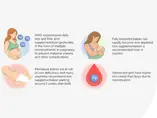
Calcium and Iron Nutrition Through the Reproductive Life Course
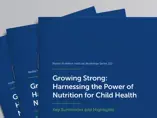
Human Growth Patterns: An Evolutionary and Cross-Species Perspective

Annales 80.1 - Foods for the future and their potential impact on child nutrition

The Triple Burden of Malnutrition in the Era of Globalization
Podcasts from this author
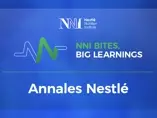
Nandita Perumal - Nutrition During Pregnancy and Birth Outcomes - Annales Nestlé - Episode 19

Linden Stocker and Alexandra Kermack - Nutrition for Preconception Health and Fertility - Annales Nestlé - Episode 18

Zulfiqar Bhutta - Early Growth and Impacts on Long-Term Neurodevelopment and Human Capital - Annales Nestlé - Episode 13

Berthold Koletzko - Is Growth in Early Childhood a Window of Opportunity for Programming Long-Term Health? - Annales Nesté - Episode 12
Videos from this author
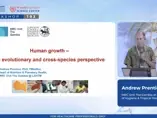
Human growth patterns – an evolutionary and cross-species perspective

Round Table: Healthy growth within a healthy planet

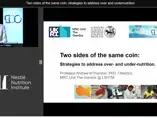
Two sides of the same coin: strategies to address over- and undernutrition, Andrew Prentice
Publications from this author

Annales 80.1 - Foods for the future and their potential impact on child nutrition

Nutrition in school-age children: a rationale for revisiting priorities

Annales 79.2 - Children‘s Diets in a Changing World

Annales 78.2 - Gut Microbiota: No Longer the Forgotten Organ